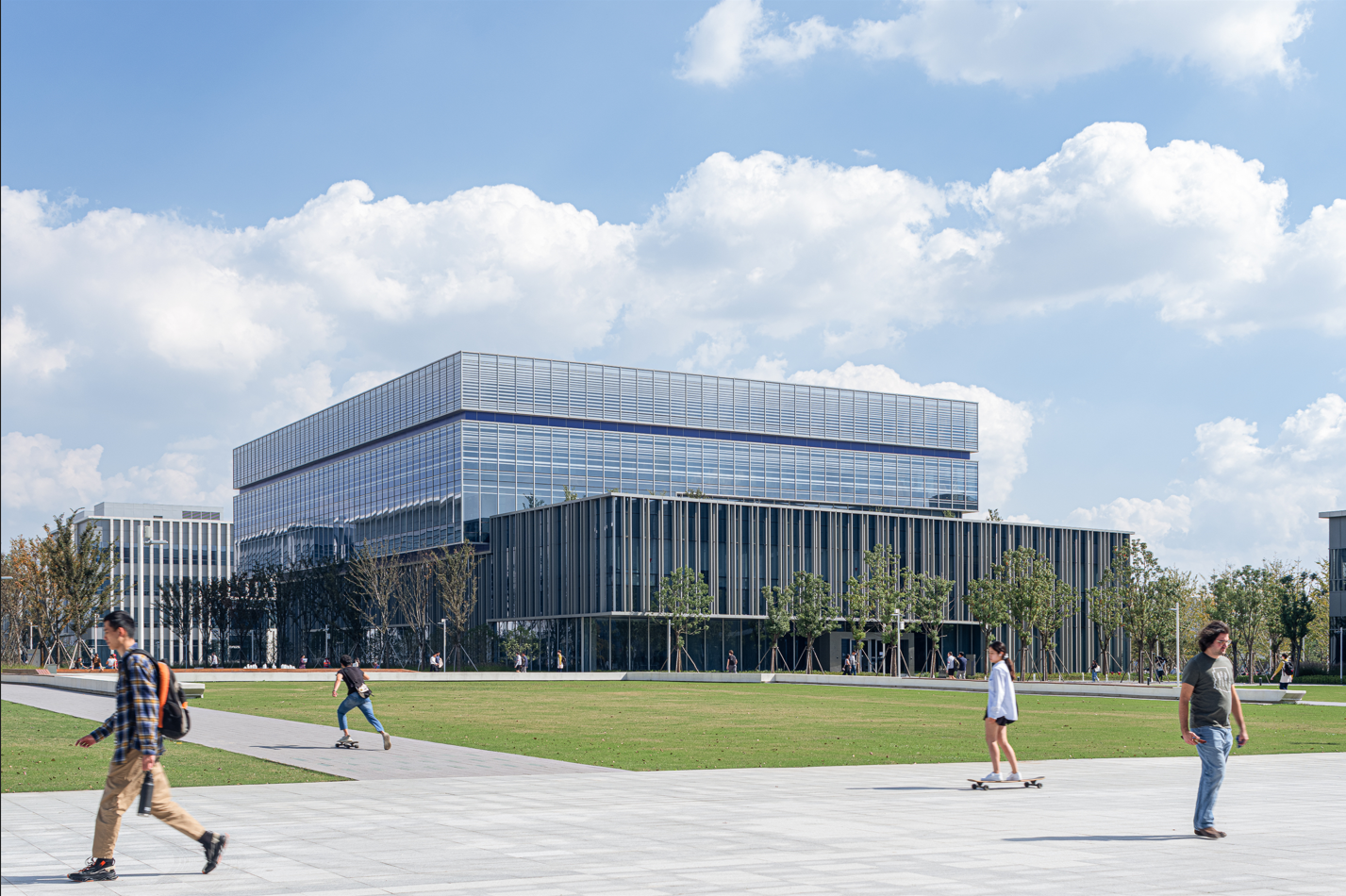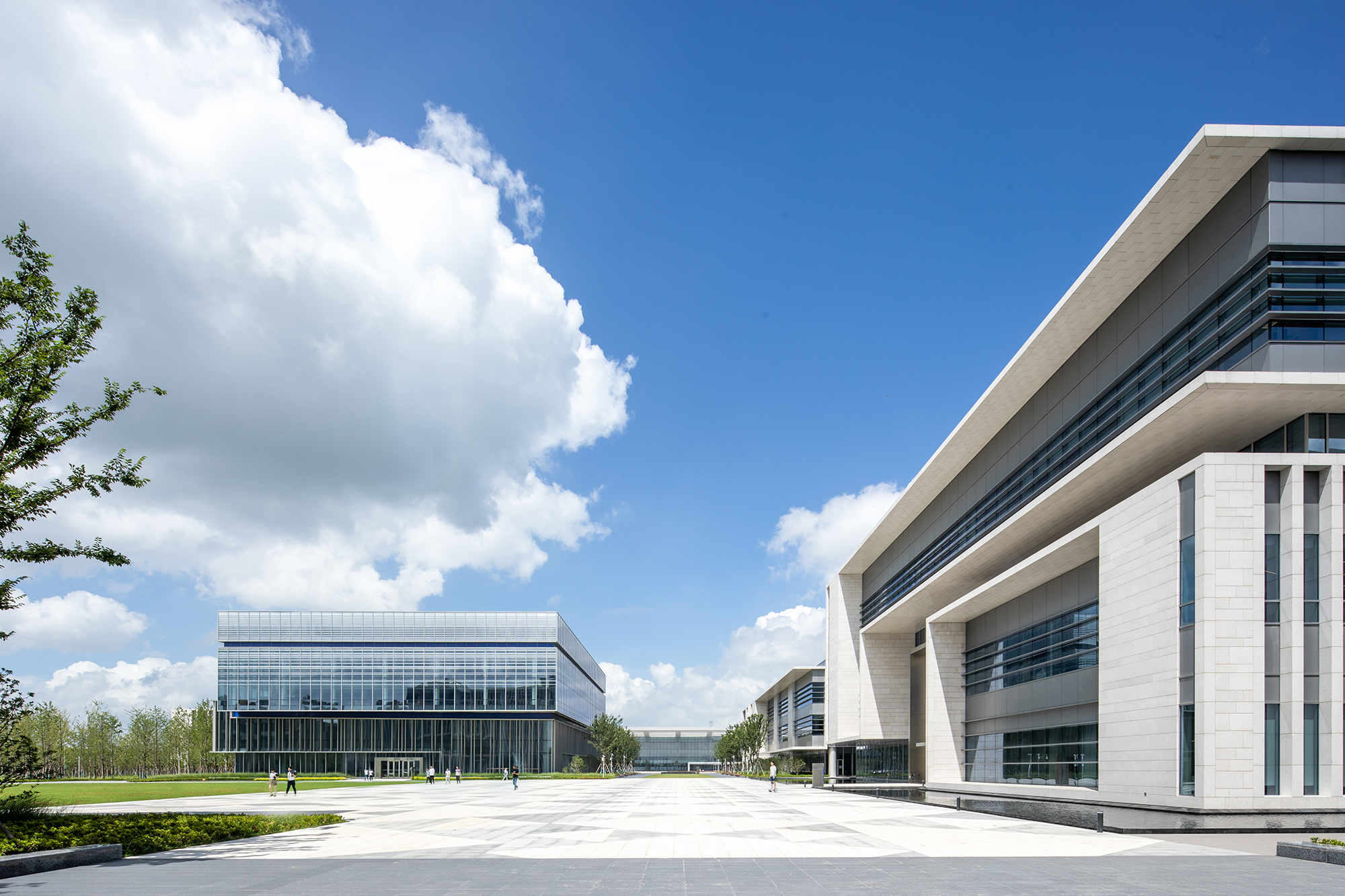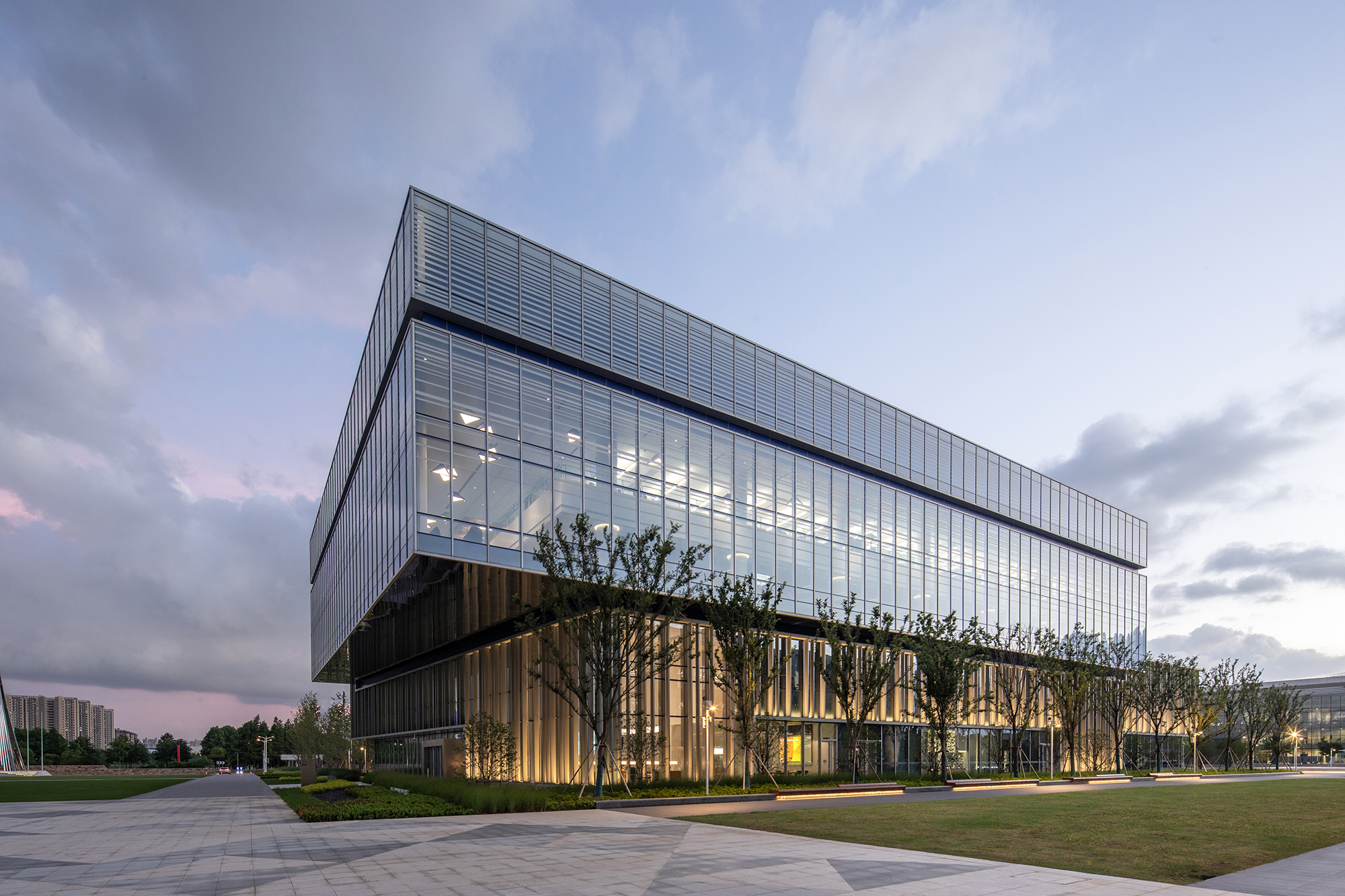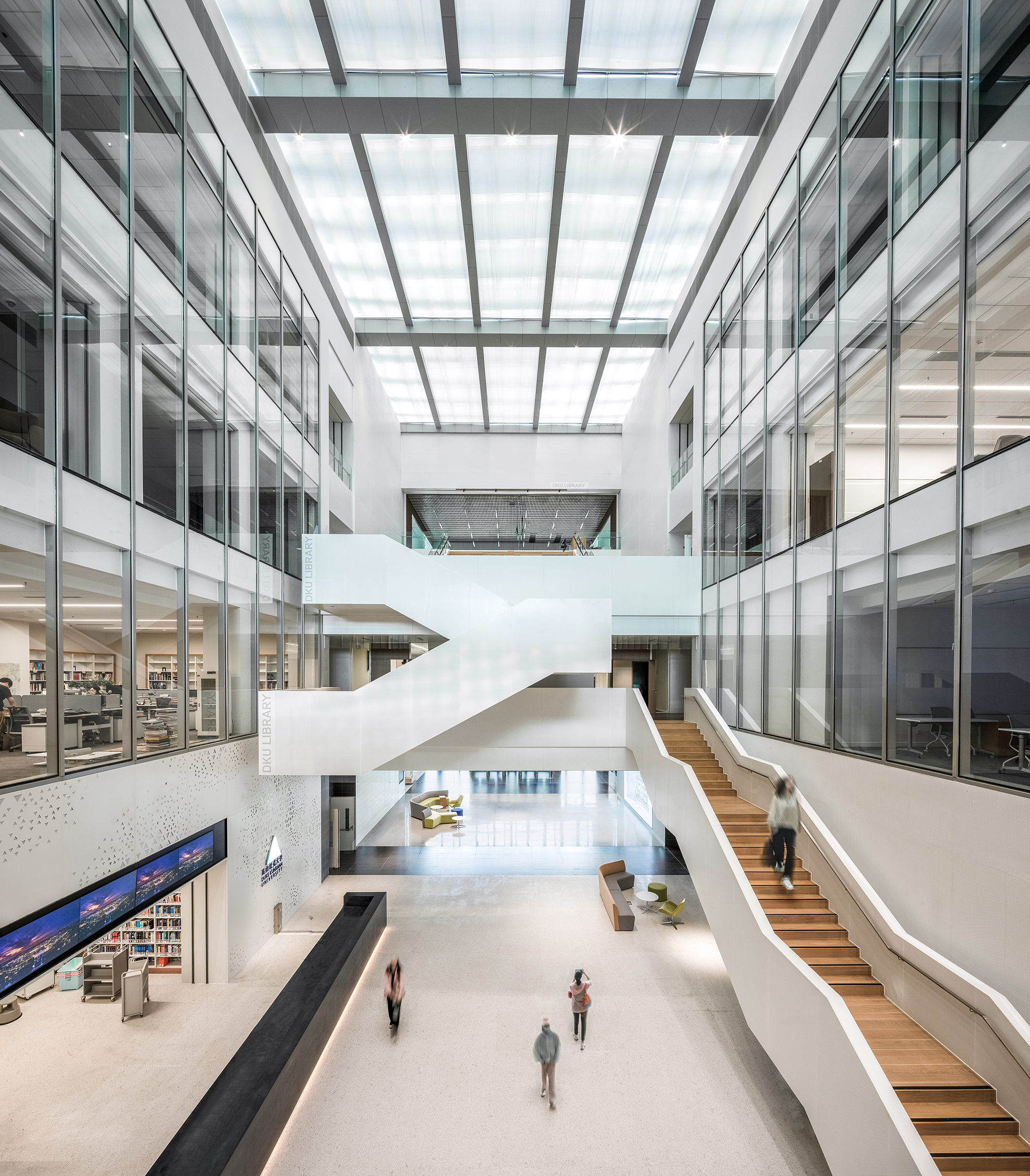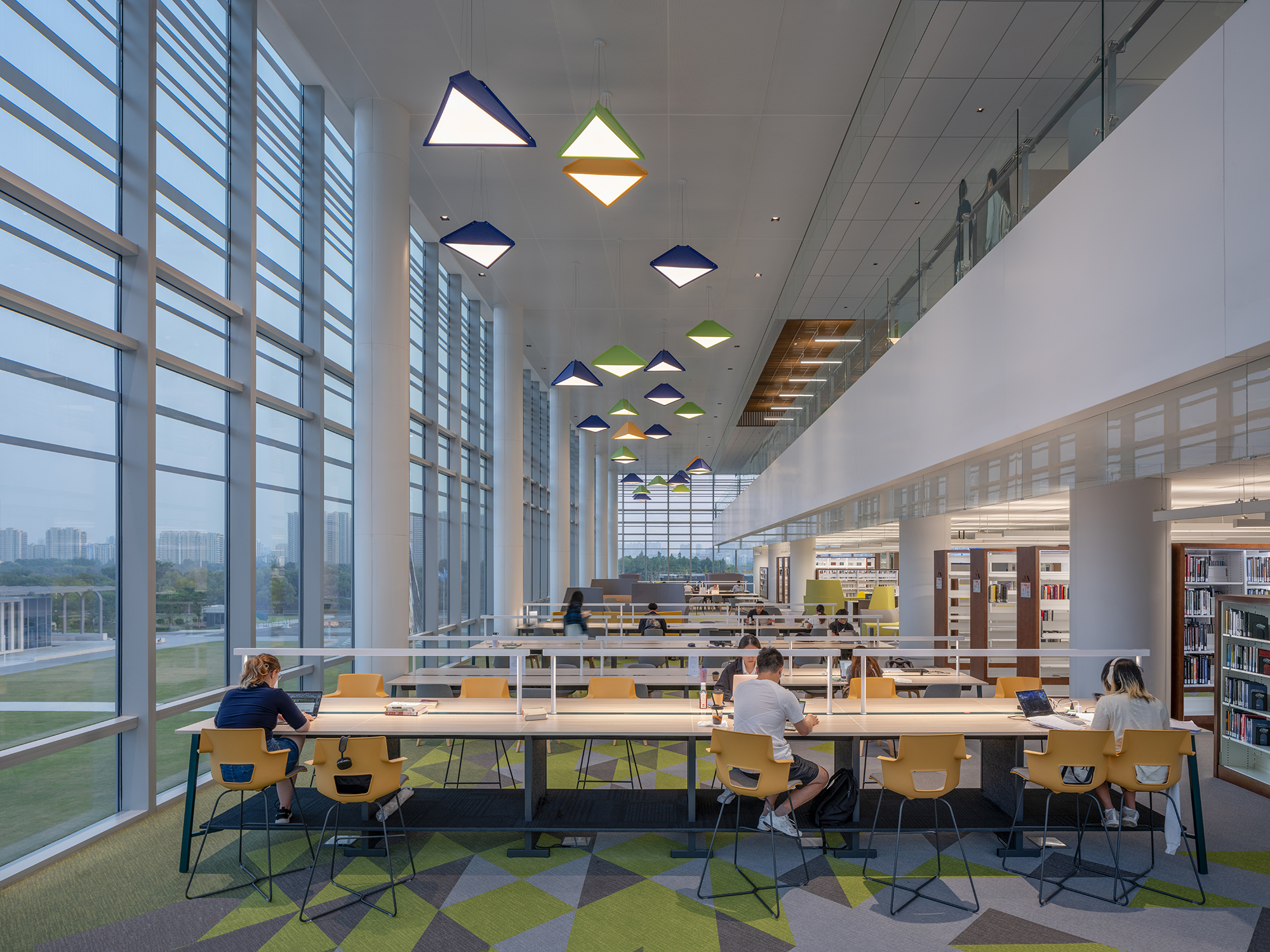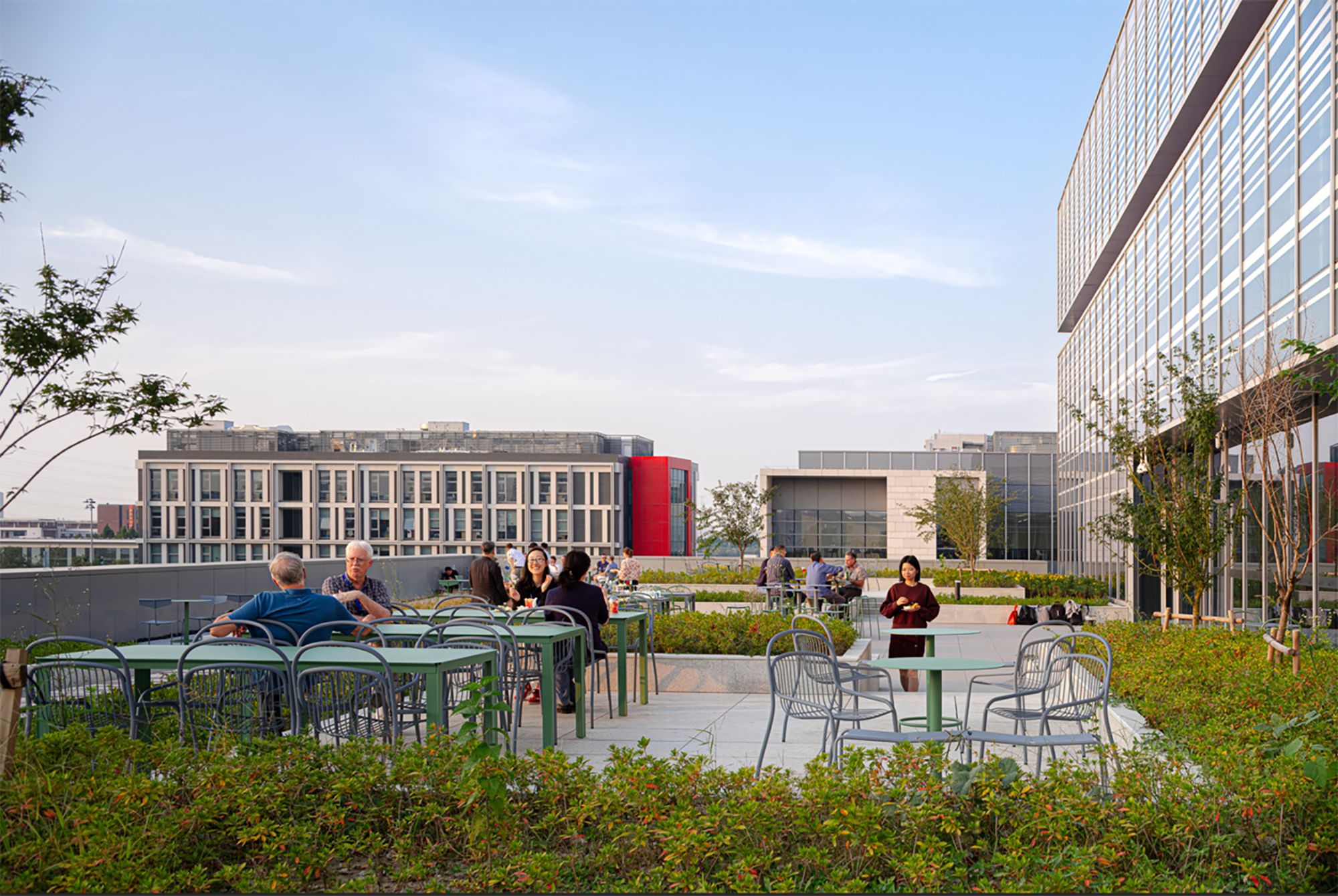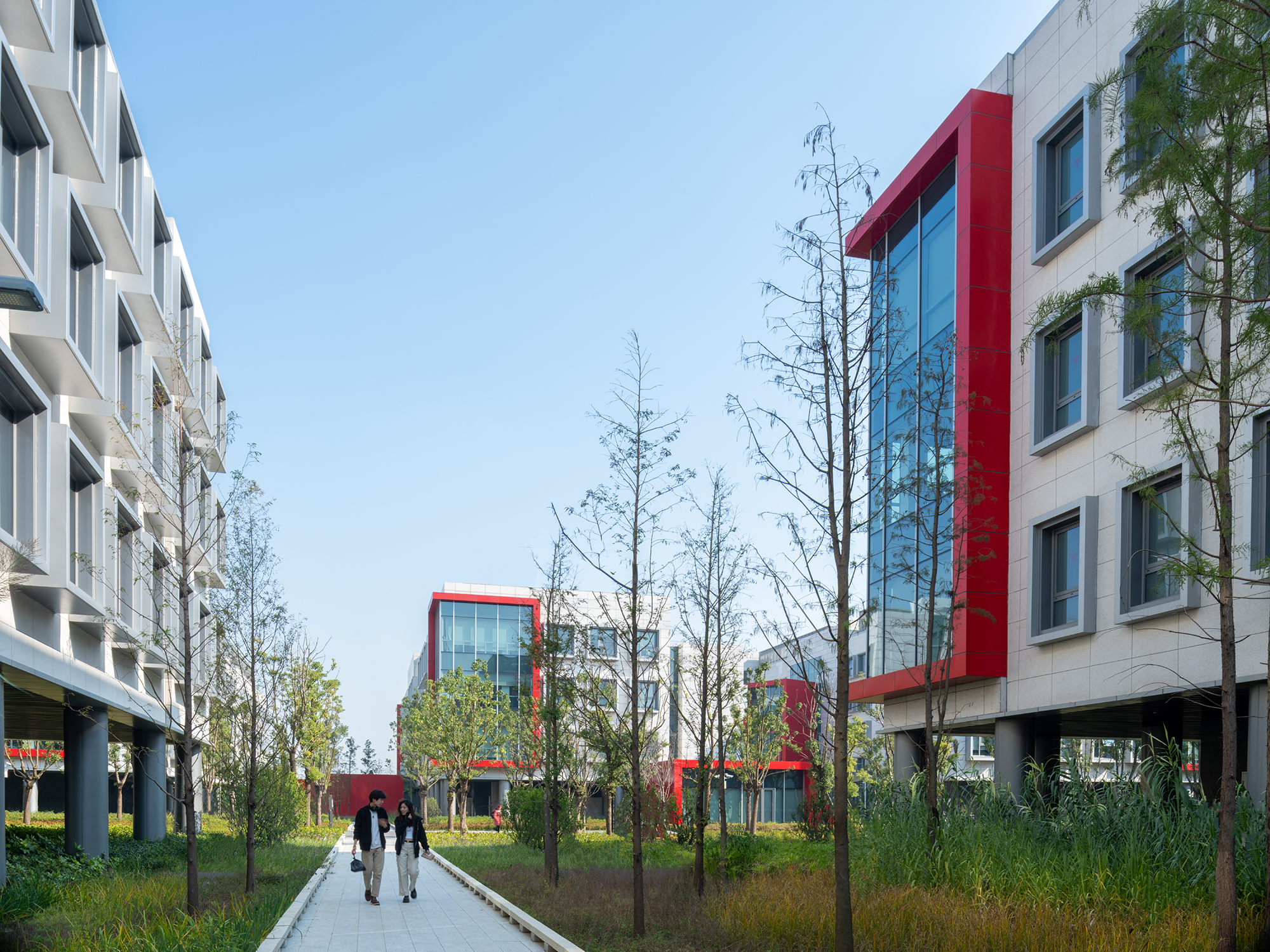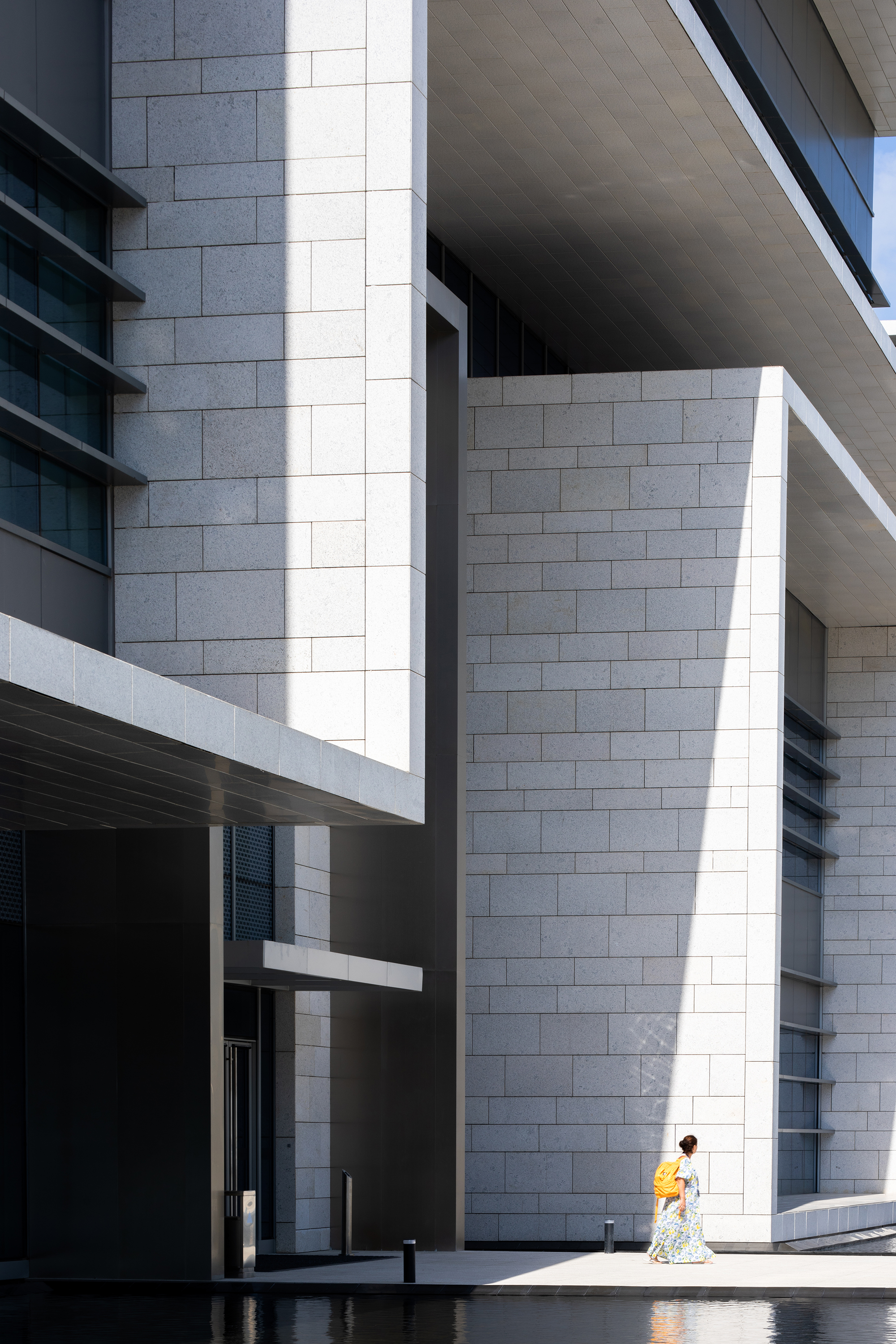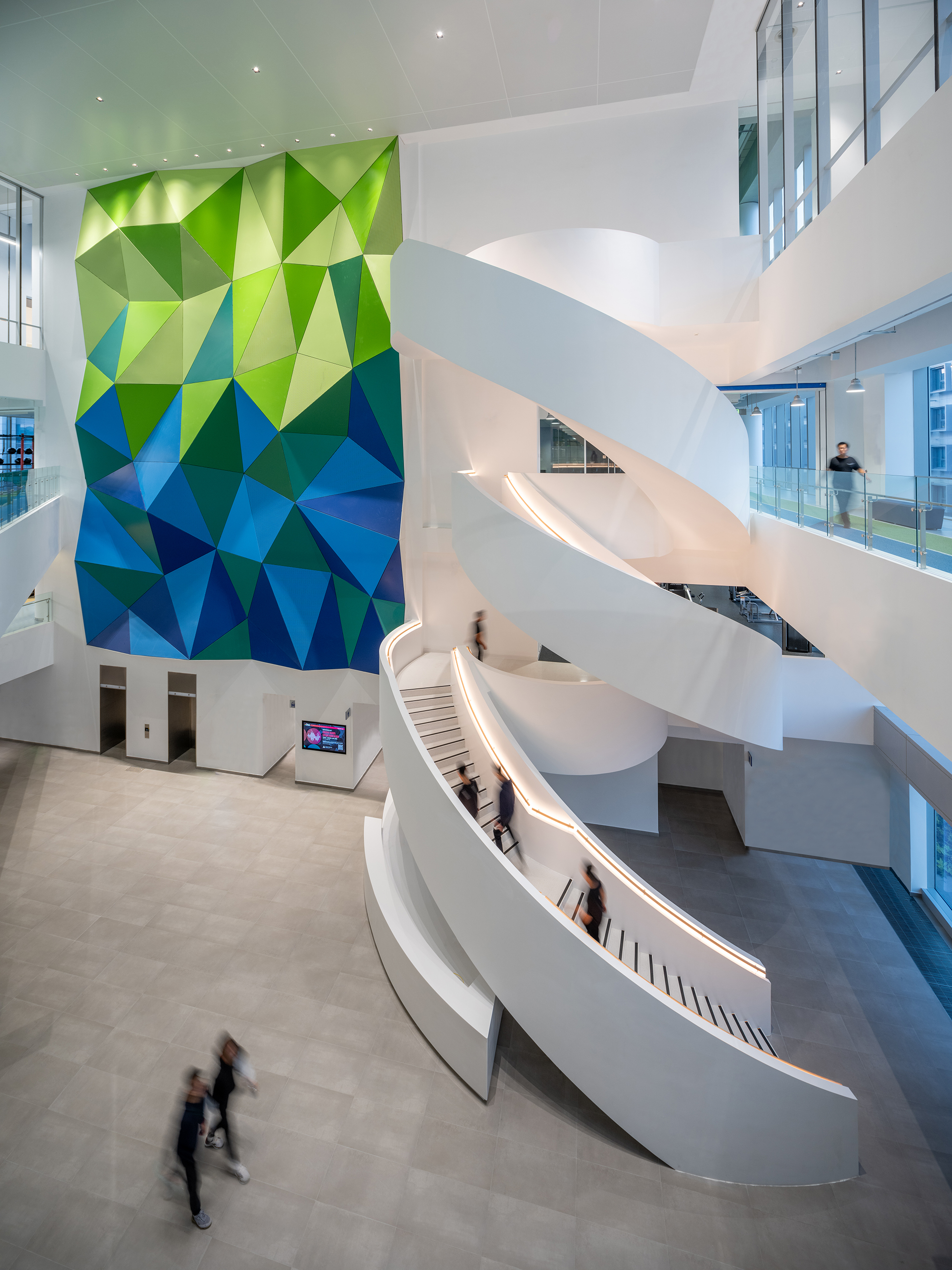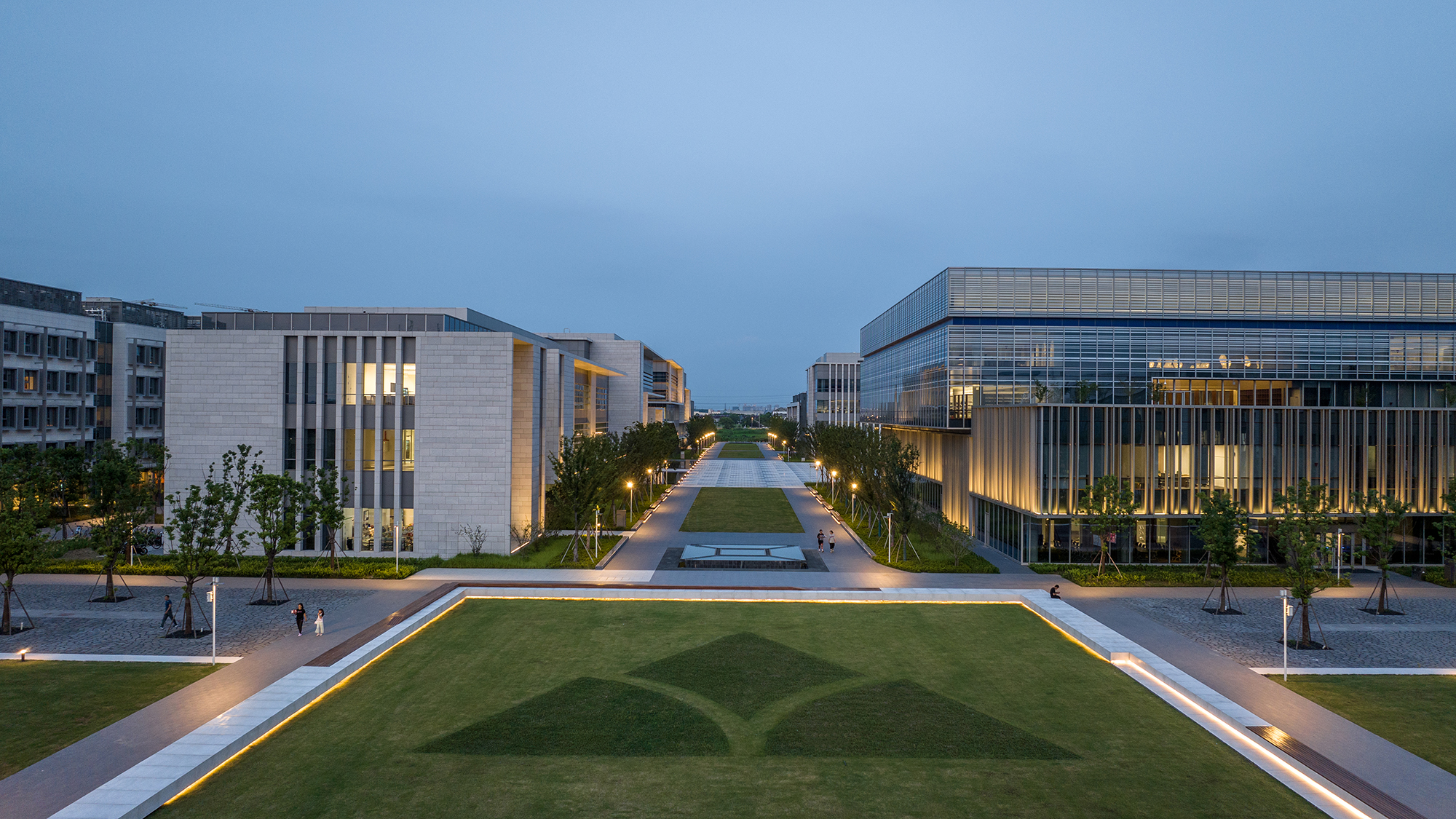SHORT DESCRIPTION
Duke Kunshan University Phase 2 is designed as a dynamic, learning-anywhere community, fostering interdisciplinary education, cross-cultural understanding, and international collaboration. Rooted in academic tradition yet forward-looking in design, the campus draws inspiration from Duke University’s Abele Quad, blending local cultural elements with modern architectural languages. The interconnected courtyards, quadrangles, and walkways cultivate a strong sense of community and encourage interpersonal exchange, while the cut-out volumes of the public buildings add depth and provide natural shading to the glazed façades. These volumes also create framed views that connect interior spaces with the surrounding landscape. The spatial organization embodies the "learning at any time, learning in any place" concept, with diverse environments that extend beyond traditional academic settings. Open courtyards, glazed atriums, and open staircases are strategically placed to encourage spontaneous interactions and communication, forming the foundation of a vibrant campus community. The main atriums are designed as fluid, vertical spaces that seamlessly connect different functions, fostering a sense of unity and belonging. Furthermore, the design prioritizes flexibility and adaptability, ensuring that the campus can evolve to meet future educational needs. The modular approach to building design allows for the accommodation of a wide range of academic programs and research activities, ensuring that the campus remains a dynamic and responsive environment for learning. As the first university in China certified under the LEED campus program, Duke Kunshan University exemplifies a deep commitment to sustainability. Each building in Phase 2 has earned LEED certification, with the Visitor Center achieving a LEED Platinum certification. The campus's use of locally sourced materials, energy-efficient systems, and advanced water conservation technologies showcases its dedication to reducing its carbon footprint.

